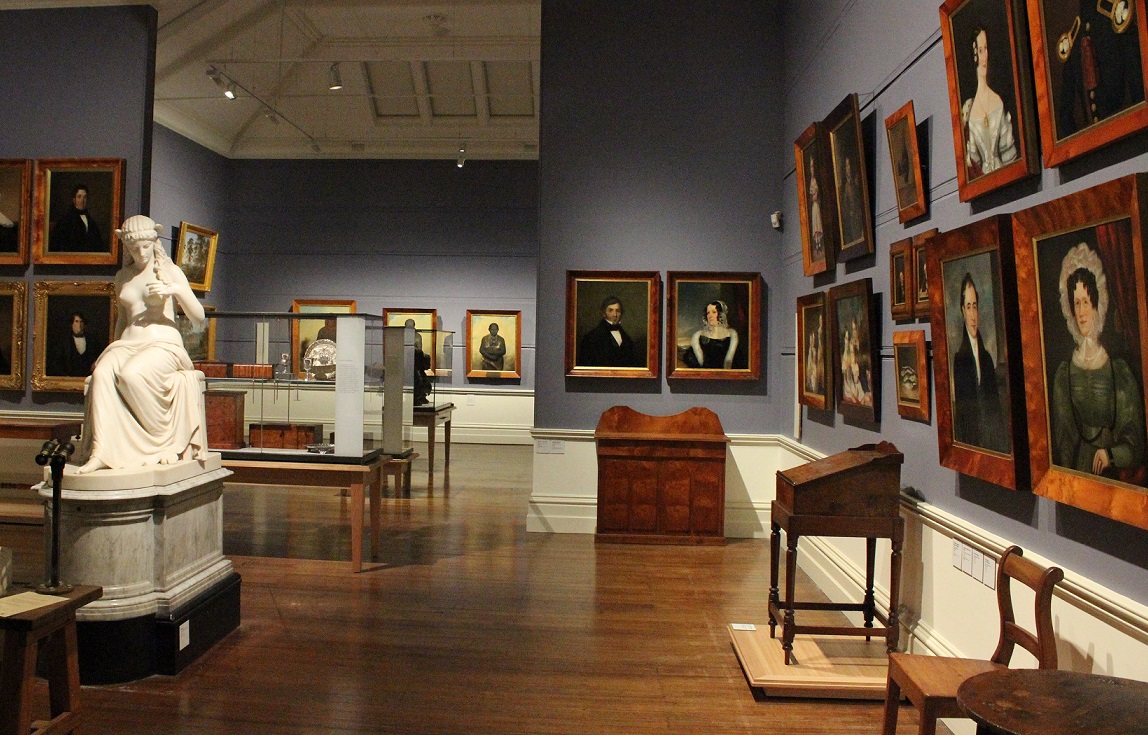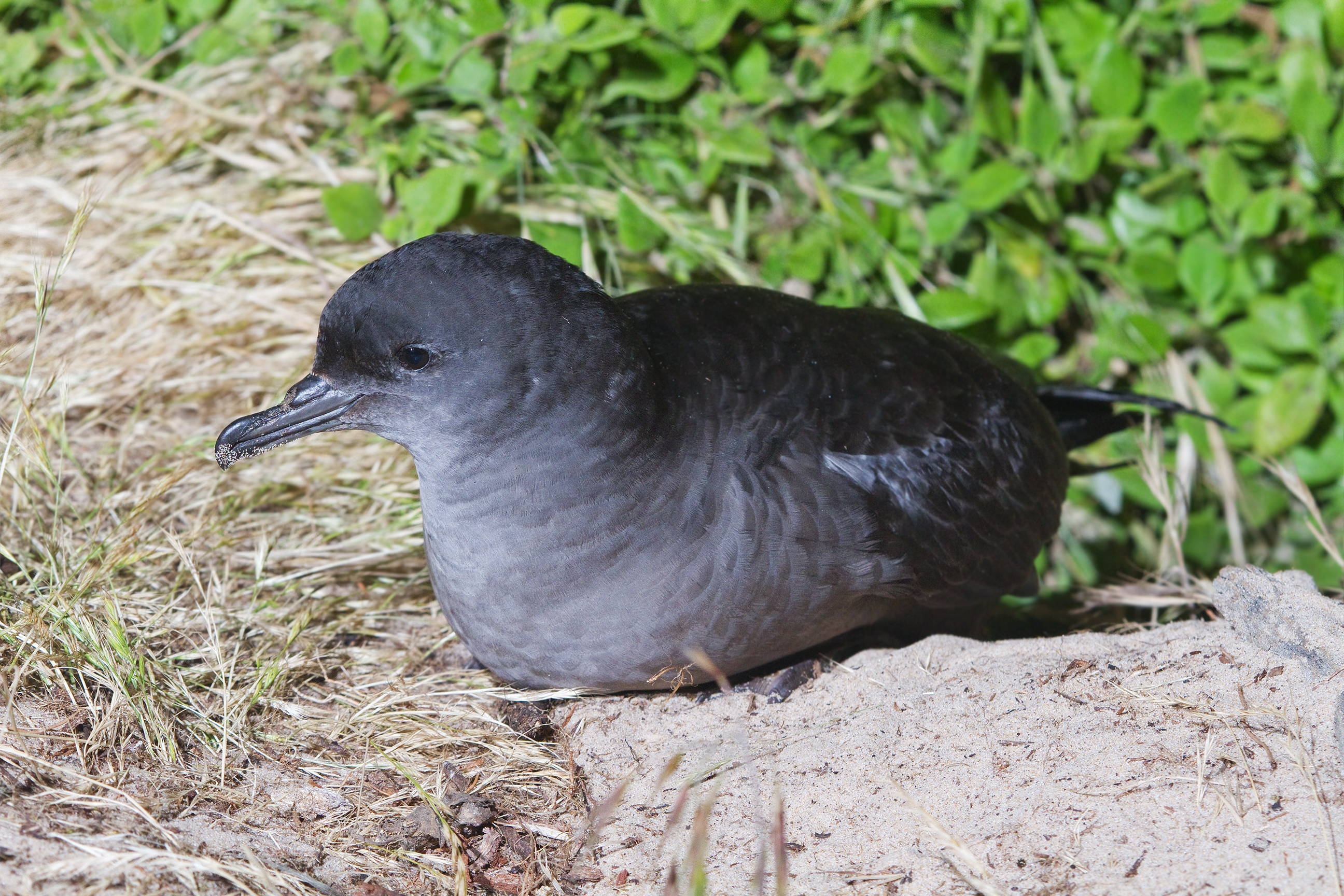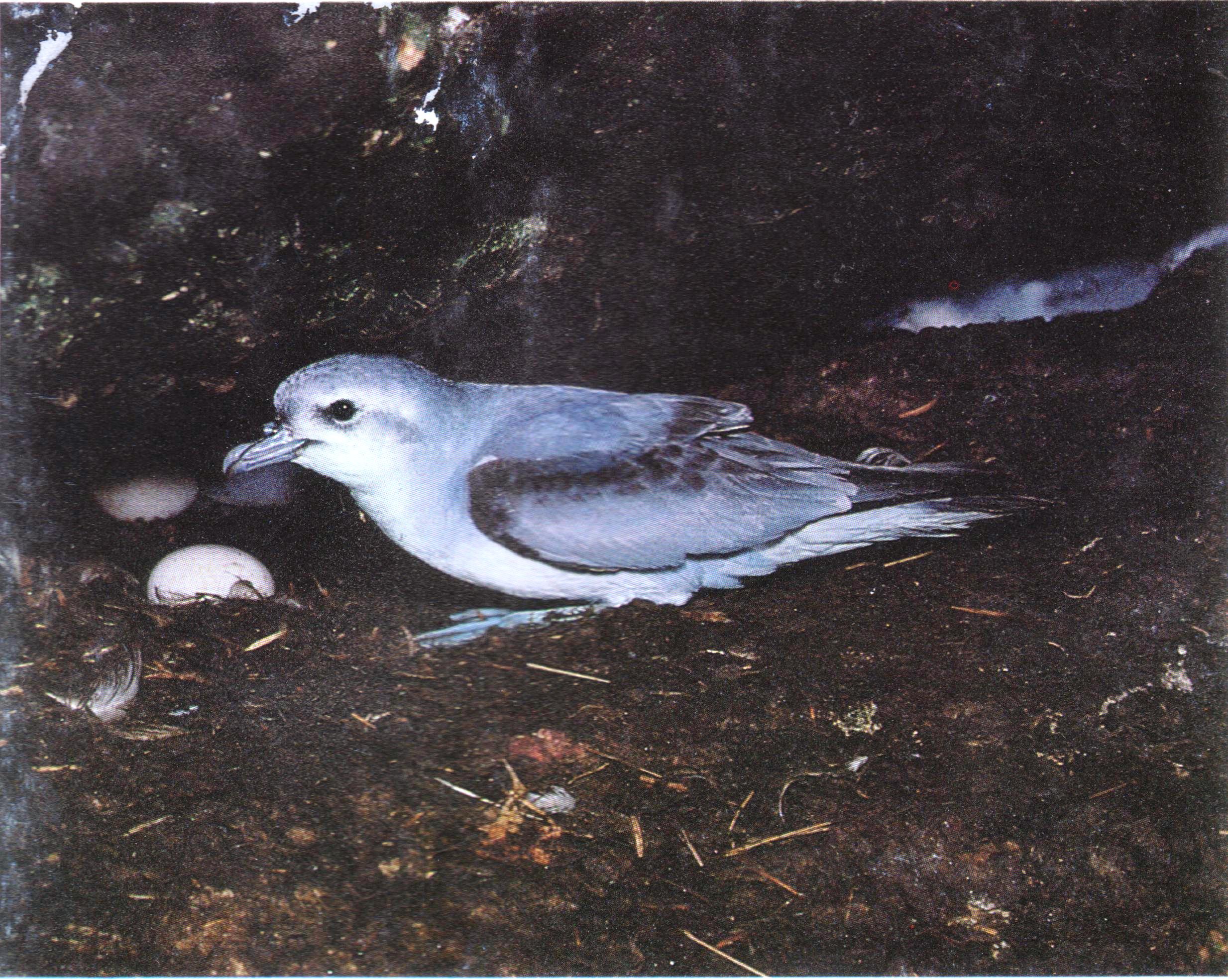|
Big Caroline Rock
The Big Caroline Rock is an unpopulated island located close to the south-western coast of Tasmania, Australia. Situated near where the mouth of Port Davey meets the Southern Ocean, the island is part of the Swainson Islands Group, and comprises part of the Southwest National Park and the Tasmanian Wilderness World Heritage Site. Fauna The island is part of the Port Davey Islands Important Bird Area, so identified by BirdLife International because of its importance for breeding seabirds. Recorded breeding seabird species are the short-tailed shearwater (15,000 pairs), fairy prion (1-2000 pairs) and silver gull. The Tasmanian tree skink The agile cool-skink or Tasmanian tree skink (''Carinascincus pretiosus'') is a species of skink in the family Scincidae. It is endemic to Tasmania and the Bass Strait islands. It is viviparous, and may be found in a wide variety of habitats, ... is also present. See also * List of islands of Tasmania References Islands of ... [...More Info...] [...Related Items...] OR: [Wikipedia] [Google] [Baidu] |
South West Tasmania
South West Tasmania is a region in Tasmania that has evoked curiosity as to its resources over the duration of European presence on the island. The more recent is the consideration as a potential area of resources for development and its consideration as World Heritage wilderness. The most notable controversies occurring in the region in the late twentieth century was the flooding of Lake Pedder and the proposed damming of the Franklin River by the Franklin Dam. Southwest is a locality that covers most of the region. The locality (and therefore the region) is in the local government areas of Derwent Valley (29%), Huon Valley (20%), Central Highlands (7%) and West Coast (44%). Its central point, near the encircled locality of Strathgordon, is about west of the town of New Norfolk, the administrative centre for the Derwent Valley Council. The 2016 census has a population of 15 for the state suburb of Southwest. Early surveys Most early walks through the region were for d ... [...More Info...] [...Related Items...] OR: [Wikipedia] [Google] [Baidu] |
Tasmanian Museum And Art Gallery
The Tasmanian Museum and Art Gallery (TMAG) is a museum located in Hobart, Tasmania. The museum was established in 1846, by the Royal Society of Tasmania, the oldest Royal Society outside England. The TMAG receives 400,000 visitors annually. History The museum was officially created in 1848, though the collections it housed were much created earlier. It merged a number of disparate collections, including that of the Royal Society of Tasmania. The Mechanics' Institution of Hobart, Van Diemen's Land Agricultural Society and Van Diemen's Land Scientific Society had each attempted to found a museum earlier than this date, the most successful of these being the Mechanics' Institution, but little record remains of what happened to these efforts. Sir John Eardley-Wilmot, 1st Baronet, during his period was Lt. Governor of Tasmania, did much of the work that led to the modern museum. The museum was noted as first being an established institution in the 1848 minutes of the Royal Soc ... [...More Info...] [...Related Items...] OR: [Wikipedia] [Google] [Baidu] |
Islands Of South West Tasmania
An island or isle is a piece of subcontinental land completely surrounded by water. Very small islands such as emergent land features on atolls can be called islets, skerries, cays or keys. An island in a river or a lake island may be called an eyot or ait, and a small island off the coast may be called a holm. Sedimentary islands in the Ganges Delta are called chars. A grouping of geographically or geologically related islands, such as the Philippines, is referred to as an archipelago. There are two main types of islands in the sea: continental islands and oceanic islands. There are also artificial islands (man-made islands). There are about 900,000 official islands in the world. This number consists of all the officially-reported islands of each country. The total number of islands in the world is unknown. There may be hundreds of thousands of tiny islands that are unknown and uncounted. The number of sea islands in the world is estimated to be more than 200,000. ... [...More Info...] [...Related Items...] OR: [Wikipedia] [Google] [Baidu] |
List Of Islands Of Tasmania
Tasmania is the smallest and southernmost state of Australia. The Tasmanian mainland itself is an island, with an area of - 94.1% of the total land area of the state. The other islands have a combined area of , for a cumulative total of 99.75% of the state. About 1000 smaller islands make up the remaining of total land area. Classification structure A considerable number of Tasmanian islands are identified as being in island groups, including the Breaksea, Furneaux, Hogan, Hunter, Kent, Maatsuyker, Mutton Bird, New Year, Swainson, Trumpeter, and Waterhouse groups. Regions Similar to Regions of Tasmania the islands are generally distinguished by the coast that they are adjacent to, as well as Bass Strait - the main separation from the mainland state of Victoria. Five regions are aligned to the north coast and Bass Strait - ''North West Islands'' (including King Island), ''North Coast Islands'', ''North Bass Strait Islands'', ''Furneaux Islands'', and ''North East Islands ... [...More Info...] [...Related Items...] OR: [Wikipedia] [Google] [Baidu] |
Tasmanian Tree Skink
The agile cool-skink or Tasmanian tree skink (''Carinascincus pretiosus'') is a species of skink in the family Scincidae. It is endemic to Tasmania and the Bass Strait Bass Strait () is a strait separating the island state of Tasmania from the Australian mainland (more specifically the coast of Victoria, with the exception of the land border across Boundary Islet). The strait provides the most direct waterwa ... islands. It is viviparous, and may be found in a wide variety of habitats, from tall forests to rocky coastlines.Cogger, H.G. (1979). ''Reptiles and Amphibians of Australia''. Reed: Sydney. References Carinascincus Skinks of Australia Reptiles of Tasmania Endemic fauna of Tasmania Reptiles described in 1874 Taxa named by Arthur William Edgar O'Shaughnessy {{skink-stub ... [...More Info...] [...Related Items...] OR: [Wikipedia] [Google] [Baidu] |
Silver Gull
The silver gull (''Chroicocephalus novaehollandiae'') is the most common gull of Australia. It has been found throughout the continent, but particularly at or near coastal areas. It is smaller than the Pacific gull (''Larus pacificus''), which also lives in Australia. The silver gull should not be confused with the herring gull, which is called "silver gull" in many other languages ( scientific name ''Larus argentatus'', German ''Silbermöwe'', French ''Goéland argenté'', Dutch ''zilvermeeuw''), but is a much larger, robust gull with no overlap in range. Taxonomy It has traditionally been placed in the genus '' Larus'', as is the case with many gulls, but is now placed in the genus '' Chroicocephalus''. Hartlaub's gull (''C. hartlaubii'') of South Africa was formerly sometimes considered to be subspecies of the silver gull. There are three subspecies: * ''C. n. forsteri'' ( Mathews, 1912) – north and northeast Australia, New Caledonia, Loyalty Islands * ''C. n. no ... [...More Info...] [...Related Items...] OR: [Wikipedia] [Google] [Baidu] |
Fairy Prion
The fairy prion (''Pachyptila turtur'') is a small seabird with the standard prion plumage of blue-grey upperparts with a prominent dark "M" marking and white underneath. The sexes are alike. This is a small prion of the low subantarctic and subtropic seas. Taxonomy The fairy prion was formally described in 1820 by the German naturalist Heinrich Kuhl under the binomial name ''Procellaria turtur''. It is now placed with the other prions in the genus ''Pachyptila'' that was introduced in 1811 by Johann Karl Wilhelm Illiger. The genus name combines the Ancient Greek ''pakhus '' meaning "dense" or "thick" with ''ptilon'' meaning "feather" or "plumage". The specific epithet ''turtur'' is Latin for "turtle dove". The word comes from the Ancient Greek word meaning "a saw", which is in reference to its serrated edges of its bill.Gotch, A. T. (1995) The fairy prion is a member of the genus ''Pachyptila'', and along with the blue petrel makes up the prions. They in turn are members ... [...More Info...] [...Related Items...] OR: [Wikipedia] [Google] [Baidu] |
Short-tailed Shearwater
The short-tailed shearwater or slender-billed shearwater (''Ardenna tenuirostris''; formerly ''Puffinus tenuirostris''), also called yolla or moonbird, and commonly known as the muttonbird in Australia, is the most abundant seabird species in Australian waters, and is one of the few Australian native birds in which the chicks are commercially harvested. It is a migratory species that breeds mainly on small islands in Bass Strait and Tasmania and migrates to the Northern Hemisphere for the boreal summer. Taxonomy This shearwater appears to be related to the sooty and great shearwaters, which are also blunt-tailed, black-billed species, but its precise relationships are obscure (Austin, 1996; Austin ''et al.'', 2004). These are among the larger species of shearwater, which have been moved to a separate genus, ''Ardenna'' based on a phylogenetic analysis of mitochondrial DNA (Penhallurick & Wink, 2004). Ecology Each parent feeds the single chick for 2–3 days and then leav ... [...More Info...] [...Related Items...] OR: [Wikipedia] [Google] [Baidu] |
Seabird
Seabirds (also known as marine birds) are birds that are adapted to life within the marine environment. While seabirds vary greatly in lifestyle, behaviour and physiology, they often exhibit striking convergent evolution, as the same environmental problems and feeding niches have resulted in similar adaptations. The first seabirds evolved in the Cretaceous period, and modern seabird families emerged in the Paleogene. In general, seabirds live longer, breed later and have fewer young than other birds do, but they invest a great deal of time in their young. Most species nest in colonies, which can vary in size from a few dozen birds to millions. Many species are famous for undertaking long annual migrations, crossing the equator or circumnavigating the Earth in some cases. They feed both at the ocean's surface and below it, and even feed on each other. Seabirds can be highly pelagic, coastal, or in some cases spend a part of the year away from the sea entirely. Seabirds ... [...More Info...] [...Related Items...] OR: [Wikipedia] [Google] [Baidu] |
BirdLife International
BirdLife International is a global partnership of non-governmental organizations that strives to conserve birds and their habitats. BirdLife International's priorities include preventing extinction of bird species, identifying and safeguarding important sites for birds, maintaining and restoring key bird habitats, and empowering conservationists worldwide. It has a membership of more than 2.5 million people across 116 country partner organizations, including the Royal Society for the Protection of Birds, the Wild Bird Society of Japan, the National Audubon Society and American Bird Conservancy. BirdLife International has identified 13,000 Important Bird and Biodiversity Areas and is the official International Union for Conservation of Nature’s Red List authority for birds. As of 2015, BirdLife International has established that 1,375 bird species (13% of the total) are threatened with extinction ( critically endangered, endangered or vulnerable). BirdLife Internation ... [...More Info...] [...Related Items...] OR: [Wikipedia] [Google] [Baidu] |
Port Davey Islands Important Bird Area
The Port Davey Islands Important Bird Area comprises over 20 small, rocky islands scattered both within, and in the vicinity of, the mouth of Port Davey, an inlet on the south-west coast of Tasmania, Australia. They all lie within the Southwest National Park and are important for breeding seabirds. Birds The sparsely vegetated islands, with a collective area of 163 ha, have been identified by BirdLife International as an Important Bird Area (IBA) because together they support over 1% of the world populations of short-tailed shearwaters (c. 950,000 breeding pairs), fairy prions (c. 27,000 breeding pairs), little penguins (c. 16,500 breeding pairs) and black-faced cormorants (up to 230 breeding pairs). Pacific gulls and sooty oystercatchers also nest in the islands.BirdLife International. (2011). Important Bird Areas factsheet: Port Davey Islands. Downloaded from http://www.birdlife.org on 20/09/2011. Islands ;Breaksea Island group * Breaksea Islands * Kathleen I ... [...More Info...] [...Related Items...] OR: [Wikipedia] [Google] [Baidu] |
Tasmania Parks And Wildlife Service
Tasmania Parks and Wildlife Service is the government body responsible for protected areas of Tasmania on public land, such as national parks, historic sites and regional reserves. Historically it has also had responsibility for managing wildlife, including game. History The National Parks and Wildlife Service was set up on 1 November 1971 after controversy surrounding the proposal to flood Lake Pedder and the unsuccessful attempts to prevent the project going ahead. A Select Committee formed from the interested parties recommended the establishment of a professional park service to properly manage the natural environment in Tasmania. The service initially had a staff of 59. The '' National Parks and Wildlife Act 1970'' had made provisions for the conservation of fauna and flora and the establishment and management of national parks. Mount William, Maria Island and Narawntapu National Parks were set up and Macquarie Island designated as a nature reserve. The creation of an Ar ... [...More Info...] [...Related Items...] OR: [Wikipedia] [Google] [Baidu] |






